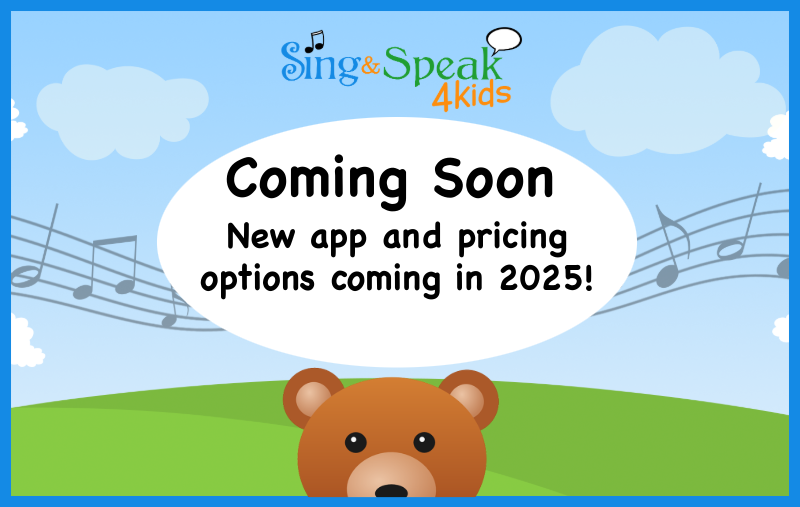In honor of Black History Month, we examine a critical intersection of race, language, and professional practice that affects millions from diverse communities. The field of Speech-Language Pathology (SLP) plays a crucial role in addressing disparities and fostering equitable opportunities for communication. Two significant reports shed light on the systemic biases within the field and provide a roadmap for transformative change.
The Hidden Weight of Bias
ASHA’s research article “Perceptions of African American English By Students in Speech-LanguagePathology Programs” has unveiled a concerning reality: even as we progress in recognizing linguistic diversity, implicit biases against African American English (AAE) persist in professional settings, particularly in speech-language pathology.
The journey toward equity in healthcare and education is often hindered by invisible barriers. RaMonda Horton’s book Critical Perspectives on Social Justice in Speech-Language Pathology notes, “contextual factors impact the availability, accessibility, and acceptability of health services and educational opportunities” (Horton, 2021). This observation cuts to the heart of a complex issue: how unconscious biases shape the quality of care and support that Black communities receive. Speech-language pathology stands at a crucial role in many settings, where these biases can have far-reaching consequences. Despite professional guidelines clearly stating that no dialect constitutes a disorder , research reveals a troubling disconnect between stated beliefs and unconscious attitudes toward African American English (Hendricks, 2021).
Understanding the Disparity
Biases against non-mainstream dialects, such as African American English (AAE), can have significant negative consequences for clients. These biases often manifest through lower expectations, where SLPs may unconsciously diminish their expectations of clients’ communication abilities based on their use of AAE (Hendricks, 2021). “Similarly, students preparing to become teachers also demonstrate negative opinions about the use of AAE” (Hendricks, 2021). Research in education has consistently shown that such lowered expectations can significantly impact student outcomes, and this principle extends to the relationship between SLPs and their clients (Hendricks, 2021).
The impact of these biases becomes particularly concerning in assessment situations. When SLPs lack proper understanding of AAE features and their differences from Mainstream American English (MAE), they risk misinterpreting typical AAE usage as a communication disorder. Despite the availability of resources outlining AAE-MAE differences, underlying biases can still lead to misdiagnosis and inappropriate interventions that stems from the challenge of distinguishing: “dialect versus disorder” (Hendricks, 2021). Furthermore, even when SLPs adjust their assessment practices to account for dialect differences, their underlying biases may continue to influence intervention strategies (Hendricks, 2021).
These biases can also profoundly affect clients’ self-perception. When SLPs communicate negative attitudes about a client’s dialect, whether explicitly or implicitly, it can damage the client’s self-esteem and confidence in their communication abilities, often reducing their willingness to engage in therapy (Hendricks, 2021). Moreover, the practice of categorizing certain dialects as “standard” inherently implies that others are “non-standard,” reinforcing harmful notions of linguistic inferiority that can impact both individual clients and their broader communities (Hendricks, 2021).
Social Justice Framework for SLPs, Educators, and Students
To address these profound challenges in serving diverse communities, practitioners and educators can draw upon three powerful theological frameworks of justice—interactional, distributive, and procedural—each offering concrete strategies for more equitable practice. When practitioners understand that “interactional justice is concerned with equity in interpersonal relationships,” they can better recognize how their own cultural perspectives and potential biases might influence their interactions with clients from different backgrounds (Horton, 2021). This awareness encourages professionals to develop more culturally responsive practices, such as adapting communication styles, showing respect for cultural values, and building trust through authentic engagement with clients’ lived experiences.
The framework of distributive justice, which emphasizes “prioritizing the needs and concerns of marginalized communities and allocating resources and support based upon where they are needed most,” guides practitioners in making more equitable decisions about resource allocation (Horton, 2021). In practice, this might mean providing additional support services for families facing language barriers, ensuring culturally appropriate materials are available, or extending office hours to accommodate varying work schedules. Meanwhile, procedural justice, which focuses on “macro-level structures and the acquisition of knowledge about broad-based systems and ideologies that reinforce institutional and structural injustices,” empowers practitioners to advocate for systemic changes within their institutions (Horton, 2021). This could involve developing more inclusive assessment tools, creating diversity training programs, or establishing community advisory boards to ensure services truly meet community needs. Together, these frameworks provide a practical roadmap for practitioners to move beyond surface-level cultural competency toward genuine equity in service delivery, acknowledging that serving diverse communities requires both individual growth and institutional transformation.
Moving Forward: Embracing Linguistic Diversity as Strength
AAE highlights the richness and resilience of Black linguistic traditions. Rather than viewing dialectal differences through a deficit lens, recognizing AAE fosters more inclusive and equitable practices. This asset-based approach enhances professional understanding and improves ability to serve diverse communities. In speech-language pathology, embracing linguistic diversity leads to better outcomes by shifting our focus from “correction” to celebration and support. Recognizing dialects as expressions of cultural identity strengthens assessment, intervention, and client engagement across all linguistic communities.
Looking ahead, achieving equity requires ongoing growth through bias training, self-reflection, institutional reform, meaningful community partnerships, and continued research. The legacy of AAE scholarship during Black History Month underscores that honoring and learning from linguistic diversity fosters more effective, respectful, and inclusive practices for all.
Works Cited
Hendricks, A. E., Watson-Wales, M., & Reed, P. E. (2021). Perceptions of African American English by students in speech-language pathology programs. American Journal of Speech-Language Pathology, 30(5), 1962–1972. https://doi.org/10.1044/2021_ajslp-20-00339
Horton, R. (2021). Critical perspectives on social justice in speech-language pathology. Information Science Reference, an imprint of IGI Global.



